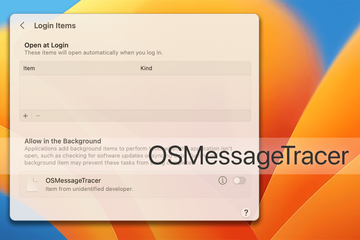- What is OSMessageTracer on Mac?
- Exploring OSMessageTracer file associations
- Is disabling OSMessageTracer a good idea?
- Looking at the issue through the prism of cybersecurity
- Remove OSMessageTracer from Mac manually
- Get rid of OSMessageTracer in web browser on Mac
- Get rid of OSMessageTracer using Combo Cleaner removal tool
With users discovering the OSMessageTracer Login Items entry from unidentified developer in macOS Ventura, here is a complete summary of this odd occurrence.
What is OSMessageTracer on Mac?
It’s hard to think of an instance of a major operating system update that goes smoothly in every way. Each roll-out tends to be accompanied by errors, software conflicts, and plenty of other inconsistencies that make users perplexed over troubleshooting. Looking at this tendency at the angle of the developer, this is understandable because not all bugs are found in the course of beta testing stages. Some situations stand out from the crowd, though. The curious case of OSMessageTracer fits the mold of such a brain-twister. Users who upgraded their machines to macOS Ventura have been observing this thing in their Login Items, a System Settings interface that now additionally displays the entries that are allowed in the background. In plain words, these are software components that can run even when the application isn’t open. This is normal practice for an app to check for updates or perform data syncing without interrupting the user experience. What raises a red flag, though, is that OSMessageTracer includes a description that says, “Item from unidentified developer”.
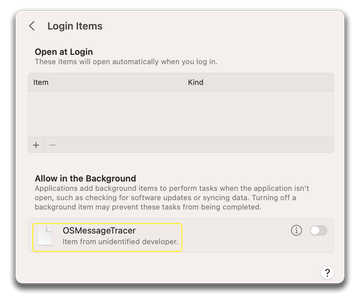
Exploring OSMessageTracer file associations
Unsurprisingly, some Mac users who noticed this quirk become suspicious and err on the side of caution by digging deeper. Clicking the “i” button next to the entry reveals that it’s associated with a peculiar LaunchDaemons object – one named “com.apple.installer.osmessagetracing.plist”. Judging from further analysis of this .plist file, it turns out to originate from Apple. That’s definitely at odds with the unidentified developer tag mentioned above. The artifact in question also appears to be part of a framework named /System/Library/PrivateFrameworks/OSInstaller.framework/Resources/OSMessageTracer. Another weird fact is that this entity is nowhere to be found in the current version of macOS, most likely because it’s deprecated. As if these oddities weren’t enough, there is one more thing that keeps a vigilant user on their toes. Based on Quick Look data, the .plist is also related to the following file: /var/db/.AppleDiagnosticsSetupDone. This one is present in the system, but it’s an empty text file.
OSMessageTracer related virus may re-infect your Mac multiple times unless you delete all of its fragments, including hidden ones. Therefore, it is recommended to download Combo Cleaner and scan your system for these stubborn files. This way, you may reduce the cleanup time from hours to minutes.
Download Now Learn how Combo Cleaner works. If the utility spots malicious code, you will need to buy a license to get rid of it.Is disabling OSMessageTracer a good idea?
The main takeaway from these findings is that OSMessageTracer was originally intended to fulfill some background tasks for an Apple program that no longer exists in macOS Ventura. Moreover, it isn’t a signed process, which explains the “Item from unidentified developer” label in the Login Items. Since the previous versions of the operating system didn’t allow users to see the auto-launching stuff that runs in the background, this entire issue hadn’t surfaced until the latest macOS release, whereas it’s safe to speculate that the process under scrutiny is part of those older versions’ startup execution routine as well. Also, the names of the affiliated program entities suggest that they are likely associated with the system software installation logic.
This brings us to the big question: is OSMessageTracer safe to disable in the Login Items? As per personal experiences and those of Mac users who decided to take that route, switching the toggle doesn’t affect system stability at all. So yes, there’s absolutely no harm in turning this item off so that it doesn’t operate in the background. It does basically nothing, and the same goes for the LaunchDaemon it links to. The top theory regarding the whys and wherefores of this situation is that all those entities are redundant and non-functional in the current macOS release. Apple’s software engineers have simply neglected to tidy up the Login Items list.
Looking at the issue through the prism of cybersecurity
An alternative train of thought, albeit less plausible, is a bit more unsettling. It’s in the realms of Mac malware. Offensive code is inherently stealthy, and as such, it may configure a host system to trigger certain malicious processes at boot time. Background execution may have served as a curtain for this foul play in older macOS builds, with Ventura having uncloaked such activity. Pair that with the capability of some competently designed harmful apps to poison other files, and the pieces of the puzzle assemble to illustrate a potential malware tactic. Again, the probability of this scenario is close to zero, but checking for such interference won’t go amiss. The following paragraphs will help you determine whether or not OSMessageTracer is just a harmless, yet unneeded object Apple didn’t bother eliminating from Login Items in macOS Ventura.
Remove OSMessageTracer from Mac manually
The steps listed below will walk you through the removal of this malicious application. Be sure to follow the instructions in the specified order.
Expand the Go menu in your Mac’s Finder bar and select Utilities as shown below.
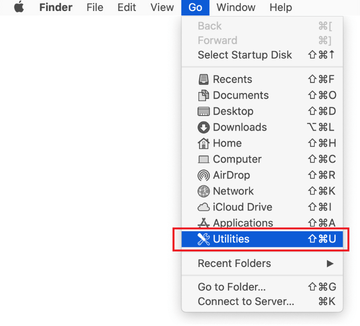
Locate the Activity Monitor icon on the Utilities screen and double-click on it.
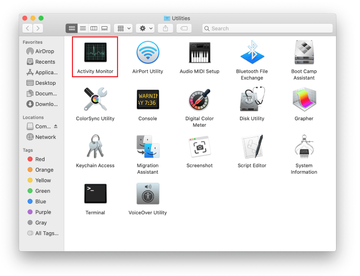
In the Activity Monitor app, look for a process that appears suspicious. To narrow down your search, focus on unfamiliar resource-intensive entries on the list. Keep in mind that its name isn’t necessarily related to the way the threat is manifesting itself, so you’ll need to trust your own judgement. If you pinpoint the culprit, select it and click on the Stop icon in the upper left-hand corner of the screen.
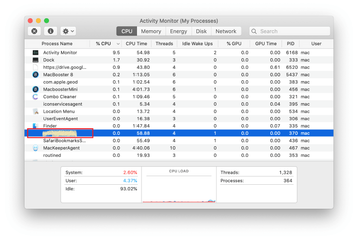
When a follow-up dialog pops up asking if you are sure you want to quit the troublemaking process, select the Force Quit option.
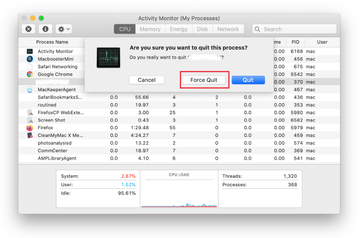
Click on the Go menu icon in the Finder again and select Go to Folder. You can as well use the Command-Shift-G keyboard shortcut.

Type /Library/LaunchAgents in the folder search dialog and click on the Go button.
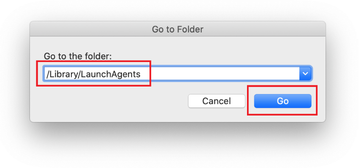
Examine the contents of the LaunchAgents folder for dubious-looking items. Be advised that the names of files spawned by malware may give no clear clues that they are malicious, so you should look for recently added entities that appear to deviate from the norm.
As an illustration, here are several examples of LaunchAgents related to mainstream Mac infections: com.updater.mcy.plist, com.avickUpd.plist, and com.msp.agent.plist. If you spot files that don’t belong on the list, go ahead and drag them to the Trash.
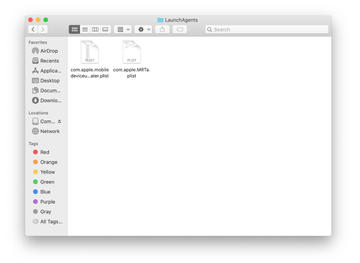
Use the Go to Folder lookup feature again to navigate to the folder named ~/Library/Application Support (note the tilde symbol prepended to the path).
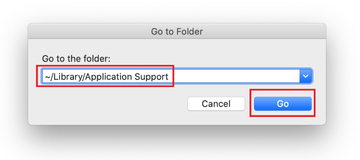
When the Application Support directory is opened, identify recently generated suspicious folders in it and send them to the Trash. A quick tip is to look for items whose names have nothing to do with Apple products or apps you knowingly installed. A few examples of known-malicious folder names are com.AuraSearchDaemon, ProgressSite and IdeaShared.
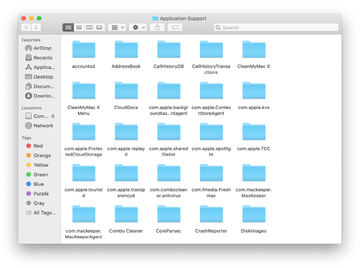
Enter ~/Library/LaunchAgents string (don’t forget to include the tilde character) in the Go to Folder search area.
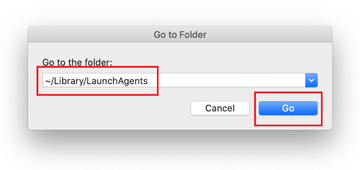
The system will display LaunchAgents residing in the current user’s Home directory. Look for dodgy items potentially related to OSMessageTracer. A few examples are com.ConnectionCache.service.plist, com.digitalprotection.emcupdater.plist, com.mulkey.plist, com.nbp.plist, and com.sys.system.plist. Drag these files to the Trash.
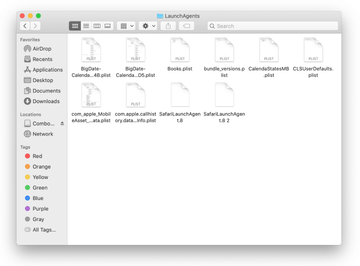
Type /Library/LaunchDaemons in the Go to Folder search field.
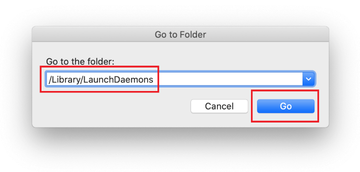
In the LaunchDaemons path, try to pinpoint the files the malware is using for persistence. Several examples of the items cropped by this Mac infection are com.ConnectionCache.system.plist and com.mulkeyd.plist. Delete the sketchy files immediately.
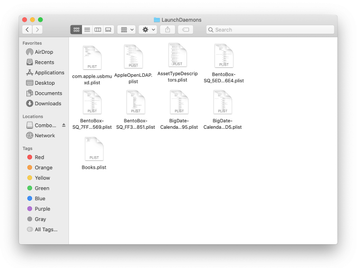
Click on the Go menu icon in your Mac’s Finder and select Applications on the list.

Find OSMessageTracer or another app that clearly doesn’t belong there and move it to the Trash. If this action requires your admin password for confirmation, go ahead and enter it.
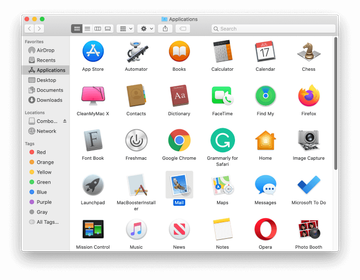
Expand the Apple menu and select System Preferences.
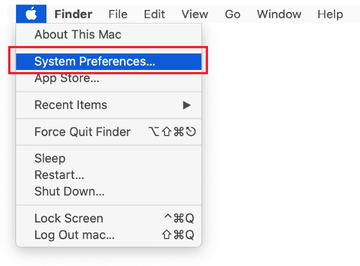
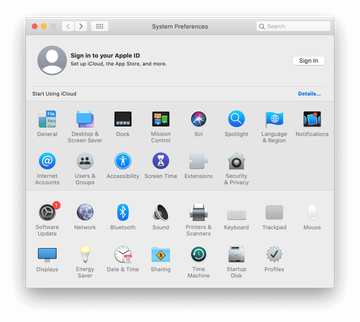
Proceed to Users & Groups and click on the Login Items tab.
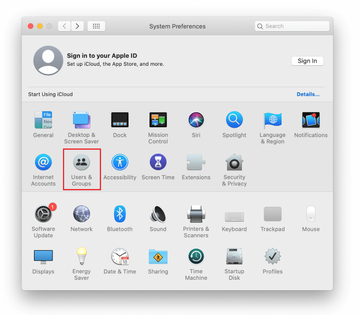
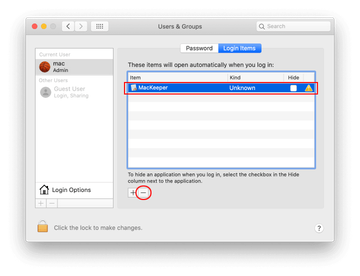
Now select Profiles under System Preferences. Look for a malicious item in the left-hand sidebar. Several examples of configuration profiles created by Mac adware include AdminPrefs, TechSignalSearch, MainSearchPlatform, and Safari Preferences. Select the offending entity and click on the minus sign at the bottom to eliminate it.
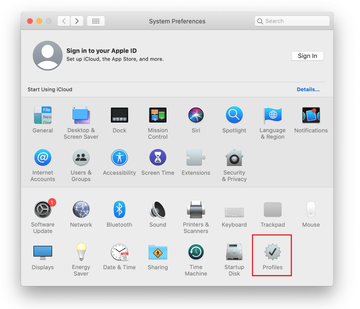
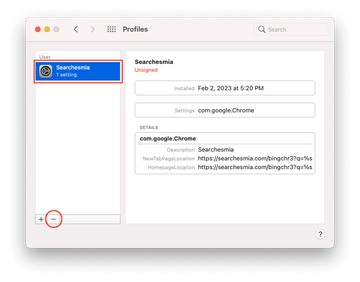
Get rid of OSMessageTracer in web browser on Mac
To begin with, the web browser settings taken over by the OSMessageTracer virus should be restored to their default values. Although this will clear most of your customizations, web surfing history, and all temporary data stored by websites, the malicious interference should be terminated likewise. The overview of the steps for completing this procedure is as follows:
- Remove OSMessageTracer virus in Safari
- Open the browser and go to Safari menu. Select Preferences in the drop-down list.
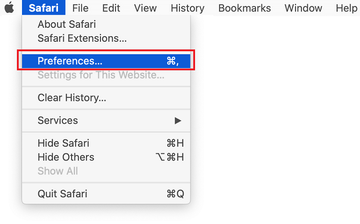
- Once the Preferences screen appears, click on the Advanced tab and enable the option saying “Show Develop menu in menu bar”.
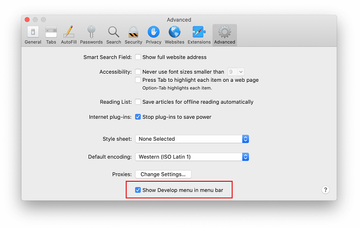
- Now that the Develop entry has been added to the Safari menu, expand it and click on Empty Caches.
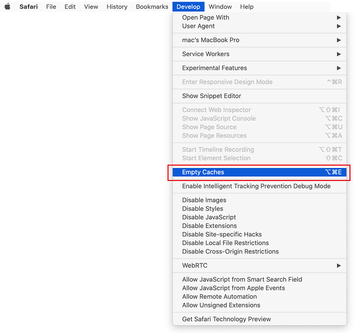
- Now select History in the Safari menu and click on Clear History in the drop-down list.
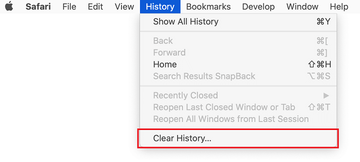
- Safari will display a dialog asking you to specify the period of time this action will apply to. Select all history to ensure a maximum effect. Click on the Clear History button to confirm and exit.

- Go back to the Safari Preferences and hit the Privacy tab at the top. Find the option that says Manage Website Data and click on it.

- The browser will display a follow-up screen listing the websites that have stored data about your Internet activities. This dialog additionally includes a brief description of what the removal does: you may be logged out of some services and encounter other changes of website behavior after the procedure. If you’re okay with that, go ahead and click on the Remove All button.
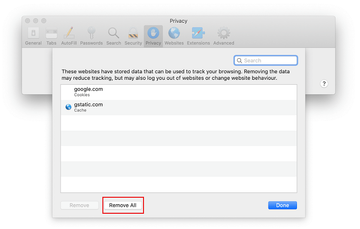
- Restart Safari
- Open the browser and go to Safari menu. Select Preferences in the drop-down list.
- Remove OSMessageTracer virus in Google Chrome
- Open Chrome, click the Customize and control Google Chrome (⁝) icon in the top right-hand part of the window, and select Settings in the drop-down
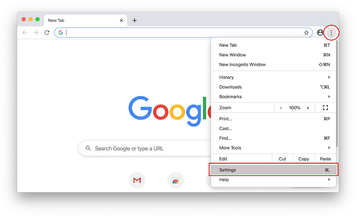
- When on the Settings pane, select Advanced
- Scroll down to the Reset settings section.
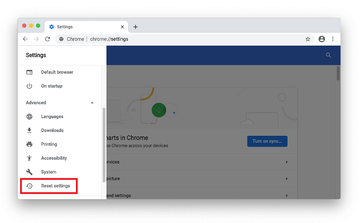
- Confirm the Chrome reset on a dialog that will pop up. When the procedure is completed, relaunch the browser and check it for malware activity.
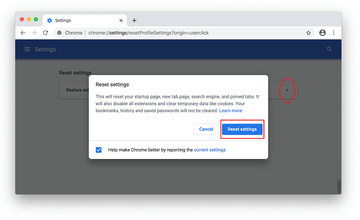
- Open Chrome, click the Customize and control Google Chrome (⁝) icon in the top right-hand part of the window, and select Settings in the drop-down
- Remove OSMessageTracer virus in Mozilla Firefox
- Open Firefox and go to Help – Troubleshooting Information (or type about:support in the URL bar and press Enter).
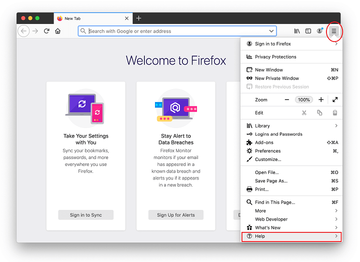

- When on the Troubleshooting Information screen, click on the Refresh Firefox button.
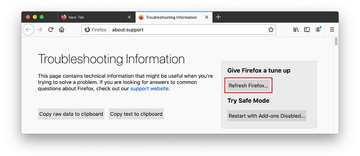
- Confirm the intended changes and restart Firefox.
- Open Firefox and go to Help – Troubleshooting Information (or type about:support in the URL bar and press Enter).
Get rid of OSMessageTracer using Combo Cleaner removal tool
The Mac maintenance and security app called Combo Cleaner is a one-stop tool to detect and remove OSMessageTracer virus. This technique has substantial benefits over manual cleanup, because the utility gets hourly virus definition updates and can accurately spot even the newest Mac infections.
Furthermore, the automatic solution will find the core files of the malware deep down the system structure, which might otherwise be a challenge to locate. Here’s a walkthrough to sort out the OSMessageTracer issue using Combo Cleaner:
Download Combo Cleaner installer. When done, double-click the combocleaner.dmg file and follow the prompts to install the tool onto your Mac.
By downloading any applications recommended on this website you agree to our Terms and Conditions and Privacy Policy. The free scanner checks whether your Mac is infected. To get rid of malware, you need to purchase the Premium version of Combo Cleaner.
Open the app from your Launchpad and let it run an update of the malware signature database to make sure it can identify the latest threats.
Click the Start Combo Scan button to check your Mac for malicious activity as well as performance issues.
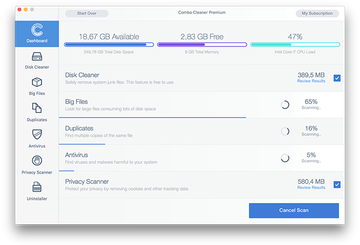
Examine the scan results. If the report says “No Threats”, then you are on the right track with the manual cleaning and can safely proceed to tidy up the web browser that may continue to act up due to the after-effects of the malware attack (see instructions above).
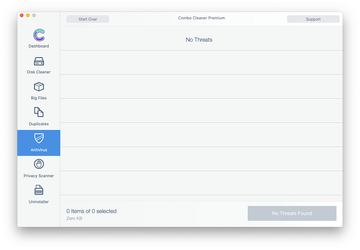
In case Combo Cleaner has detected malicious code, click the Remove Selected Items button and have the utility remove OSMessageTracer threat along with any other viruses, PUPs (potentially unwanted programs), or junk files that don’t belong on your Mac.
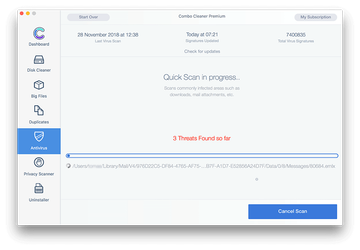
Once you have made doubly sure that the malicious app is uninstalled, the browser-level troubleshooting might still be on your to-do list. If your preferred browser is affected, resort to the previous section of this tutorial to revert to hassle-free web surfing.
